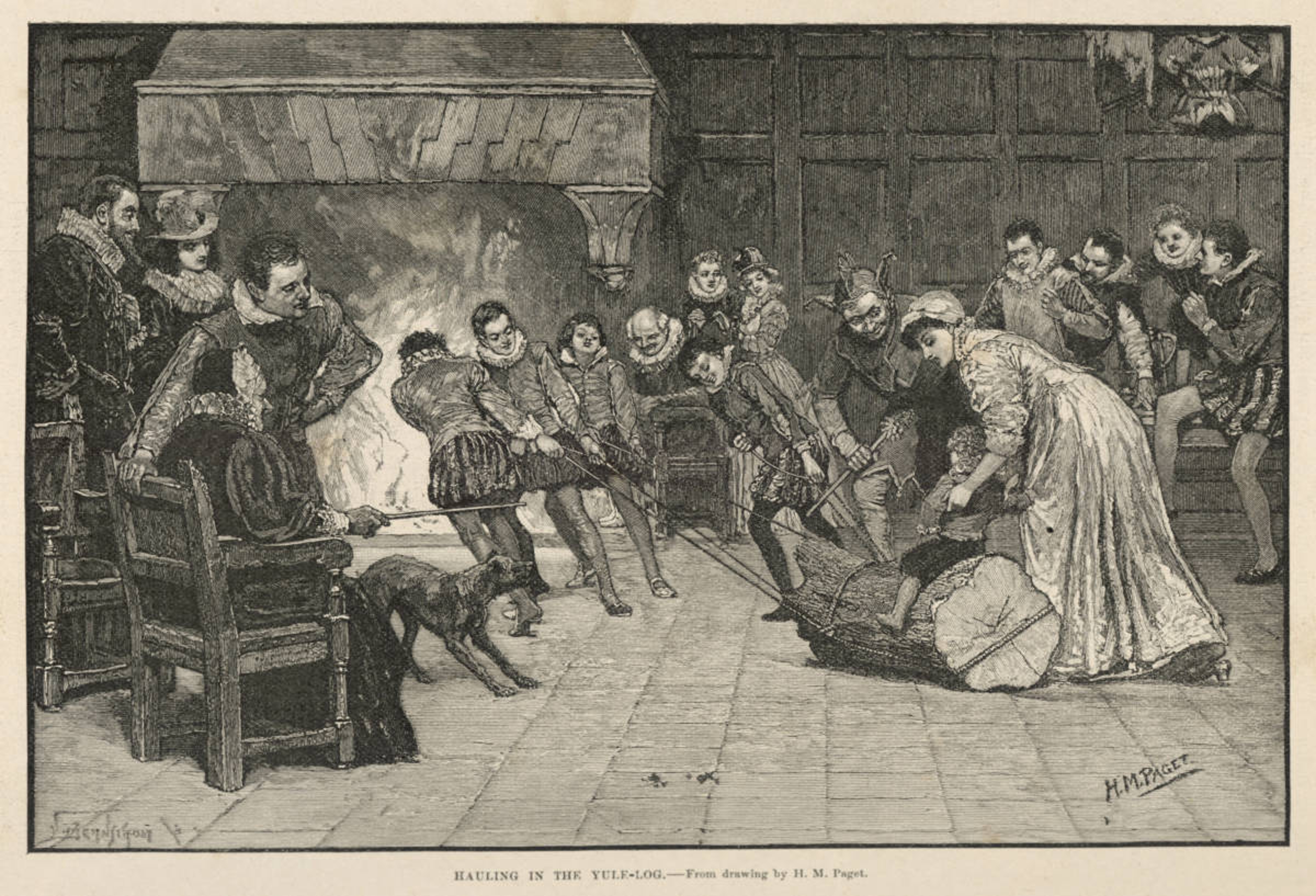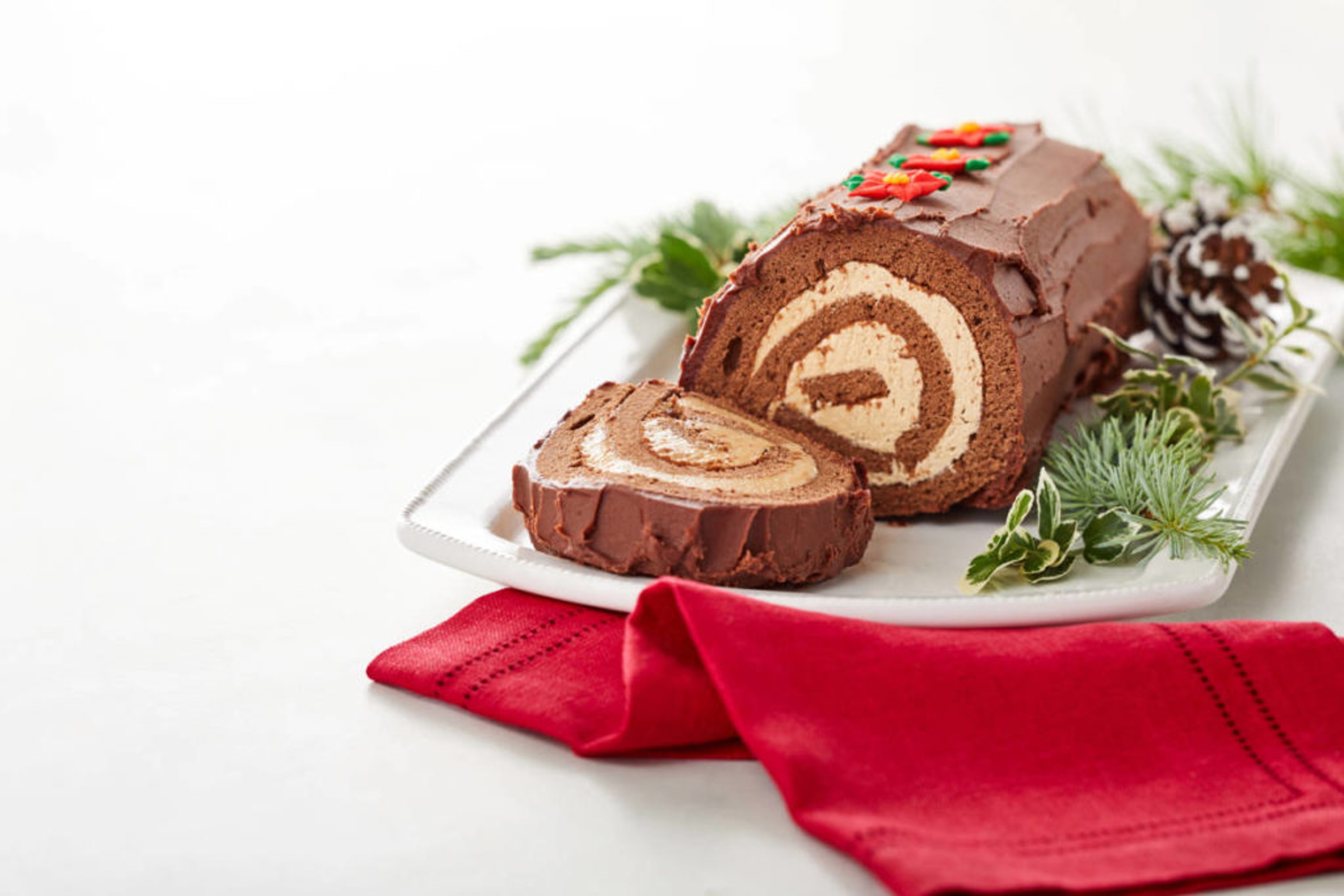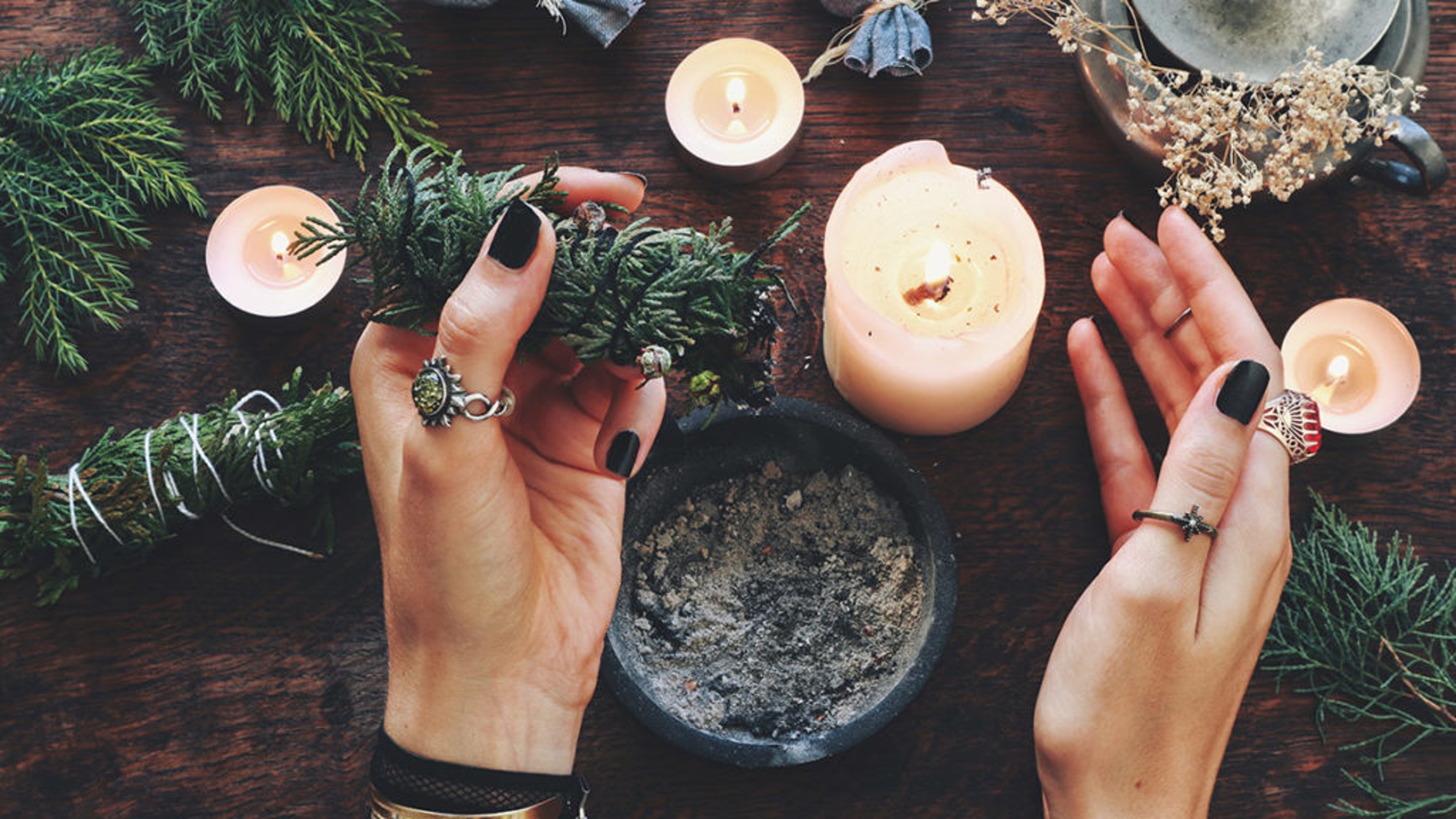Winter Solstice: A Time for Reflection and Reconnecting With Nature
Learn about one of the oldest winter celebrations and how a burning log became a beloved dessert.
Dec 06, 2023
As we move into winter, many of us find ourselves already wishing for those warm, sunny days of summer, when it stayed light until 9 p.m. But there's something beautiful about the quiet, stillness of winter and the darkness that creeps into the world as the seasons change. With the arrival of the winter solstice, we know we're starting to turn a corner and inch closer to those summer nights. The day also gives us a chance to pause and take a step back into ourselves — hibernate, if you will — to take stock of the contrast between summer and winter, and what's really important during these long nights.
What is winter solstice?
Winter solstice (also known as Yule) is not just a date on the calendar that signifies that Christmas is on its way, and it is not just the natural movement of the moon and Earth. Winter solstice is one of the oldest winter celebrations and pre-dates Christmas.

Celebrated by Celtic priests, known as druids, winter solstice was the midwinter festival in Britain long before Christianity arrived. The Celts believed that the sun stood still for 12 days in the middle of winter. To help them through this time, they set a log on fire to light the darkness, bring luck for the coming year, and ward off evil spirits. Hence, the Yule log was born (more on that later).
Yule, or Yuletide, was celebrated throughout Europe. The term "Yule" derives from the Old English word ġéol and the Norse word jól. Germanic people celebrated this midwinter festival with a delicious banquet, drinking many toasts to the gods Odin, Njord, and Freyr to bring them good harvests and victory in battle. The Norsemen of ancient Europe saw the sun as a wheel that changed the seasons and celebrated the solstice by lighting bonfires, telling stories, and drinking sweet ale. The Romans celebrated in a similar way, with a seven-day festival called Saturnalia, which began Dec. 17. During the festivities, citizens decorated houses with greenery to acknowledge everlasting life, lit candles, and exchanged presents. Any of this ringing a bell?
From fire to cake

The tradition of burning a Yule log dates back to 12th-century Celtic Brittany. The Catholic Church had done its best to stamp out the pagan tradition, but the people adapted and continued it. Families would bring huge logs, many with the roots still attached, back to their home to be decorated with ribbons and greenery. They sometimes sprinkled them with oil, salt, and wine before burning them for several days.
The tradition of burning a Yule log may not be as popular anymore, but the French created an even tastier way of celebrating Yule while keeping the log close to their hearts (or mouths, rather). Enter the bûche de Noël, a delicious sponge cake rolled into the shape of a log, with chocolate buttercream between the layers. (It's similar to a Swiss roll.) Once rolled, the last three or four inches of the log are sliced off and set on top of the roll to mimic a branch. The entire dessert is covered in chocolate ganache or frosting and decorated with mushrooms made from meringue.
Burning of the Yule log (or wreath)
Winter solstice is a time to reflect on what's important to us and what could be left behind. Some traditions see the burning of a wreath as a way of moving forward from a time of dark and into the light. People write notes listing what they wish to leave behind and what they want to bring into the light. They then tie these notes to the wreath before placing the entire thing on a happily burning log.
What happens to the planet?
The winter solstice, which lands between Dec. 21 and 22, is when the Earth's poles (north and south) reach their maximum tilt away from the sun. This happens twice a year, although only once for each hemisphere, with the southern hemisphere's winter solstice happening around June 21.

Modern-day celebrations
By the 15th century, many of these winter solstice traditions had been swallowed by Christian celebrations in an attempt to quash pagan religious practices. Many of today's Christmas traditions are based on these ancient Celtic and Roman celebrations. Everything from the use of mistletoe and holly, and even the Christmas ham, can be traced back to ancient midwinter festivities. The druids used holly to decorate their homes because they believed it had magical powers due to its ability to stay green all year long. Mistletoe was hung from doorways to keep away poison, sickness, and witchcraft, and to ensure fertility. As for the traditional Christmas ham, that evolved from the Yule boar that was shared during Yuletide.
Whether or not you celebrate the winter solstice, this time of year has always been one of joy, connection, and, of course, food. There's nothing like a wonderful assortment of holiday treats or a delicious ham to make the dark days seem just a little bit lighter.







